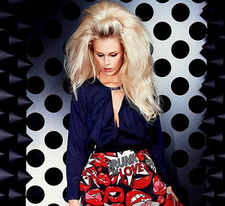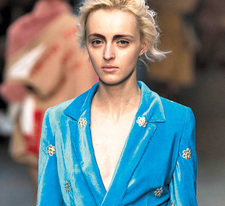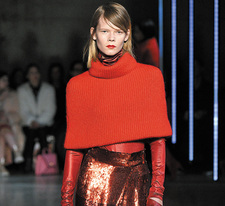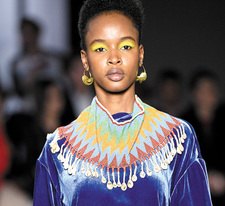The "pink Tax": why do women pay more?
The "pink tax" is an unspoken but tangible practice in which women pay more for goods positioned as "feminine" than for similar "men's" or "unisex", and this is not an official tax, but more like a marketing strategy.
The "pink tax" was first discussed in the 1990s, and it was only actively discussed in 2015, after a report by the New York Department of Consumer Affairs.
The study showed that "women's" goods are on average 7% more expensive than "men's" or "unisex" ones.
The "pink tax" applies to a wide range of goods: from clothes and toys for children to diapers and medicines.
Women pay more even for luxury goods: for example, some women's items from luxury brands are more expensive than the same men's.
The argument that "women's" goods are more expensive because of higher quality does not always work: for example, a woman's haircut is more expensive than a man's, even if they are the same. What can I say if on the well-known marketplace two identical T-shirts, whose original price is the same, cost differently during the sale. Sometimes pink goods are simply more expensive because of the color: for example, Bic pens "for her" with sequins are more expensive than regular Bic pens.
The "pink tax" is an unfair practice that discriminates against women. It is important to talk about this in order to raise awareness and take steps to change the situation.
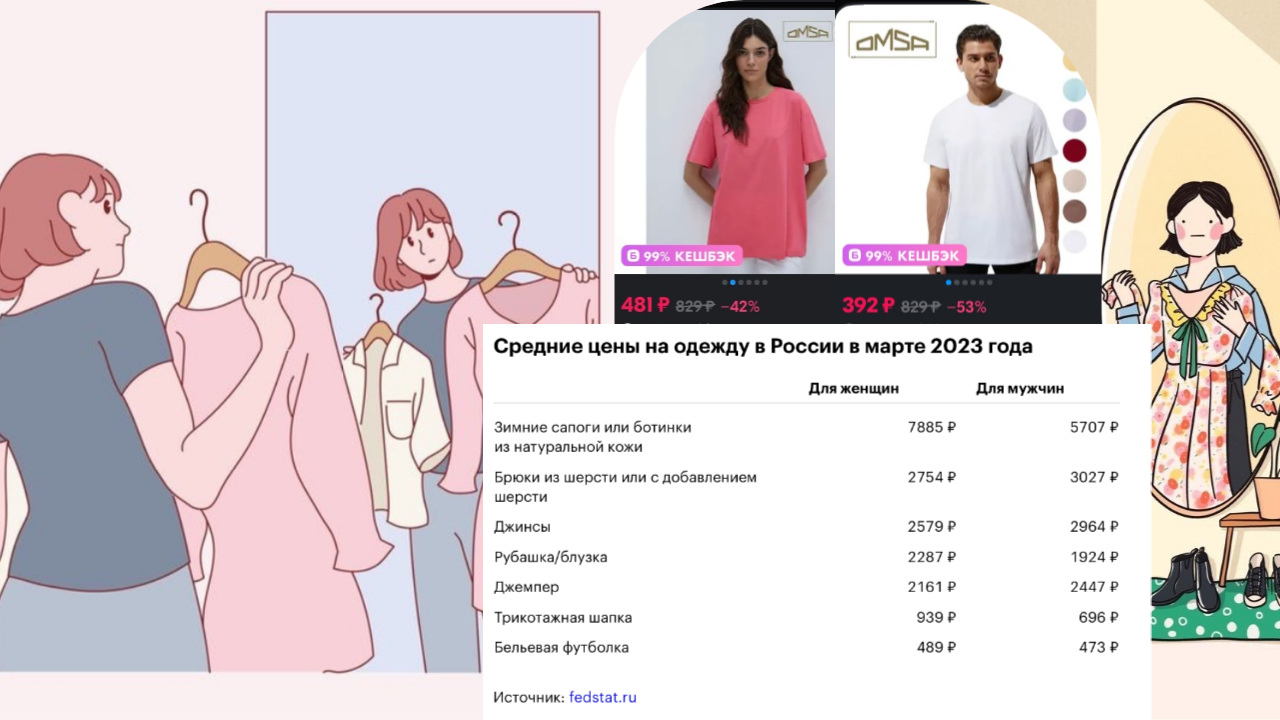
Do you want to keep up to date with the main events in the fashion industry and brand news?



